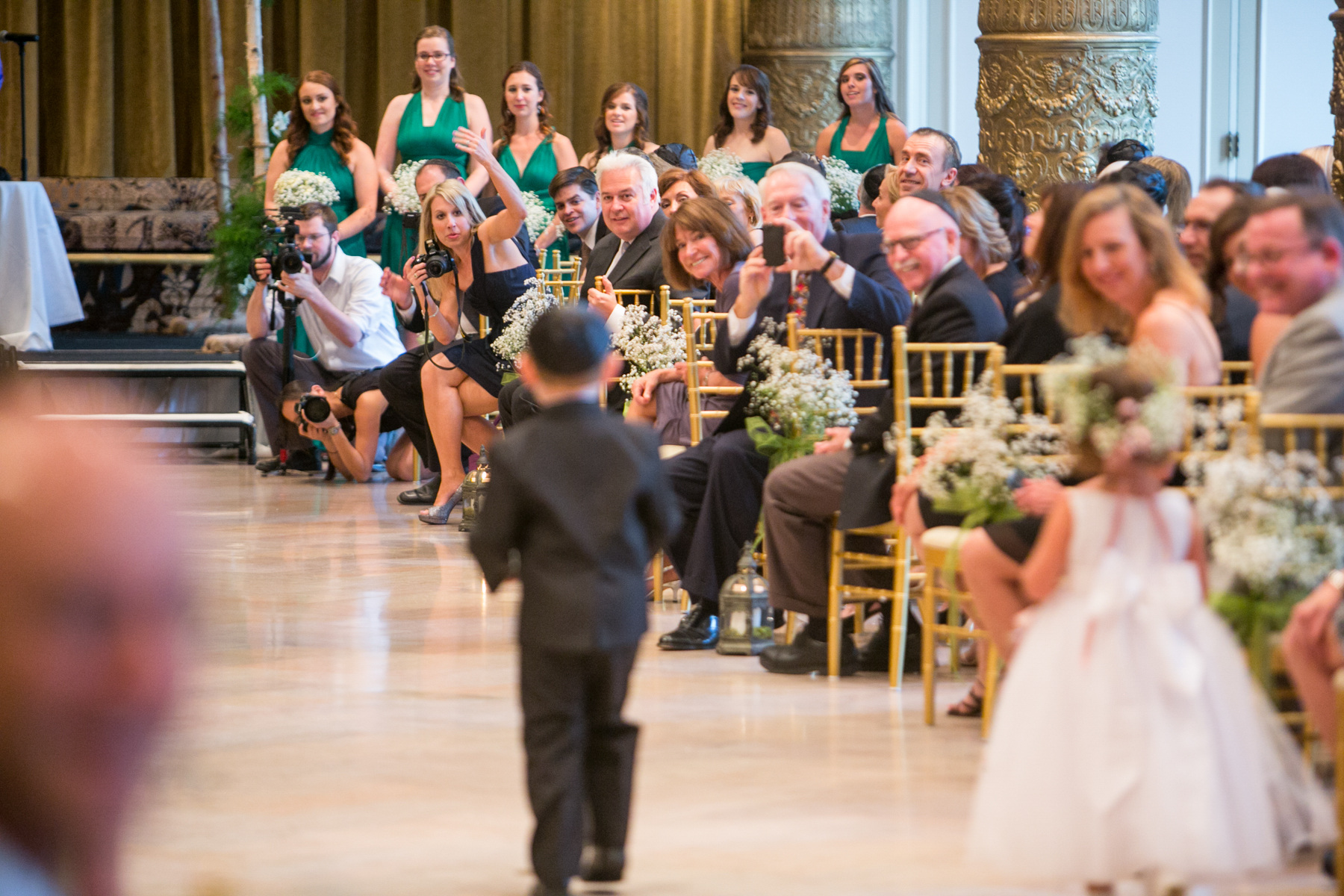I absolutely love being a second shooter. I got my start in wedding photography as a dedicated associate shooter, and even once I started primary shooting, I still continued to second shoot. A second shooter experiences a wedding very differently than a primary shooter.
We’ll start with the obvious tips, but also the most important ones.
- Be prepared. The night before the wedding, you should have all your gear ready: batteries charged, lenses cleaned, memory cards cleared. Read up on the wedding details, especially the timeline and location. Get a good night’s sleep!
- Be professional. Be respectful. Dress appropriately for the wedding and arrive early.
- Capture different angles. During a ceremony, keep one eye on the action and the other on the lead photographer. As the photographer moves positions, adjust your location to compliment the photographer.
- Look for the hidden gems. Since the lead photographer is typically with the couple, pay attention to the guests. Capture the unscripted moments. Look for wedding details that may get overlooked.
- Crush cocktail hour. This is where the second photographer reigns supreme. Approach everyone with requests to grab a shot. If you see guests taking photos, offer to take a photo as well. This is the best opportunity to get amazing photos of guests. You can direct them and you can control the setting.
- Rock the details. Some lead photographers enjoy shooting the details, others may task you with these photos. Either way, take any detail shots they may miss. Take your time to set them up well, but don’t run out of time.
- VIP guests: a second shooter’s VIP list is not the wedding couple or the wedding party. It’s the older guests during cocktail hour, as they probably won’t be dancing. It’s the guests who traveled near and far to celebrate the couple. This is why the cocktail hour is the second shooter’s domain.
- Get the shot. If you’re asked by the lead photographer to photograph something, make sure to get it. If you need to, ask for a reshot or tell the photographer.
- Assist the lead photographer in getting a perfect photo. This may involve moving lighting stands or fixing details like wonky boutonnieres in the photo.
- Match the photographer’s vibe. I say this because I want a second shooter who shoots like I do: with a positive and enthusiastic attitude. When I shoot for a more subdued photographer, I act more reserved.
- Study the photographer’s style. Often times, preparations are in different locations and the photographers must split up. When I second shoot, I study up on the lead photographer’s style to make sure I capture the same kind of shots they will be taking.
- Match the photographer’s lighting set up. If the photographer shoots with OCF vs natural light, your photos need to be taken similarly, or they will not work well in an album spread.
- Get the safe shot. Before getting too creative or artistic, be sure to get a safe shot.

Leave a Reply